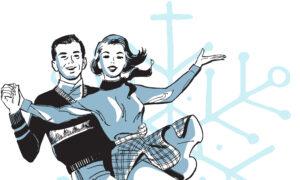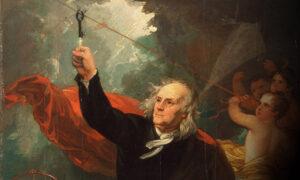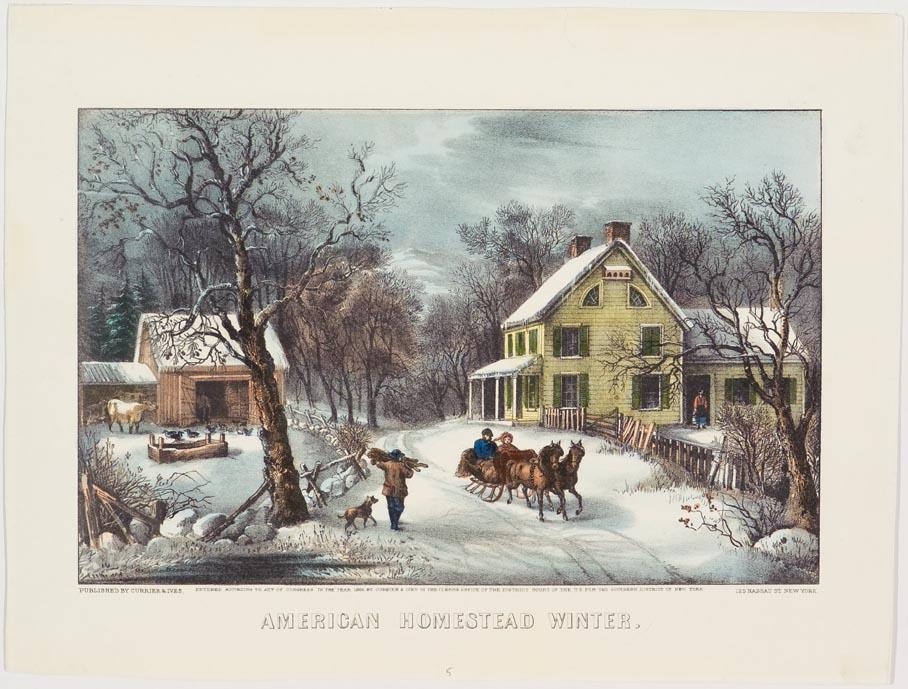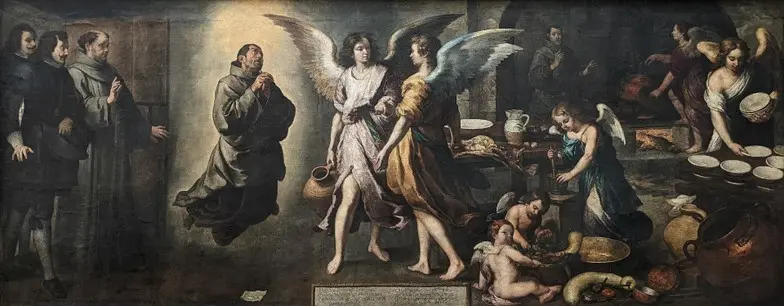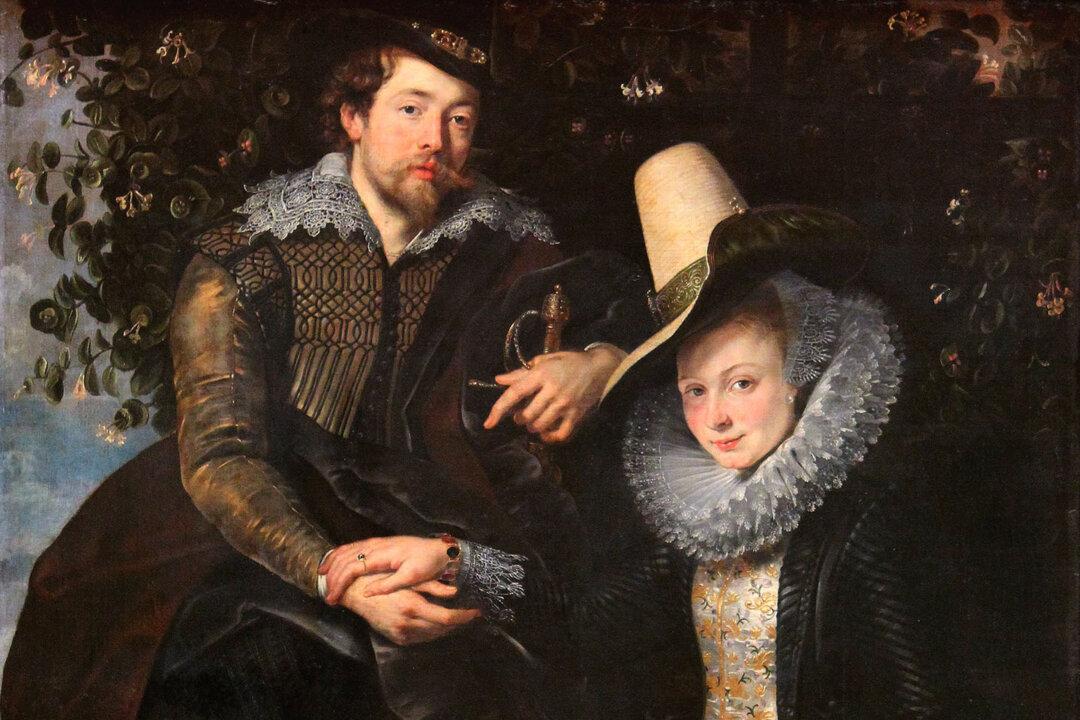The young colonial artist arrived in England, destitute and in need of training. Another colonial, American artist Benjamin West, had already made his home in London, where he had a thriving practice in portraiture. But he had not forgotten his home across the ocean or the young artists who were struggling to make a living from their art. West took in several artists from the colonies to give them a helping hand in their artistic careers.
One of the first artists he welcomed was young Gilbert Stuart, who appeared on his doorstep in 1775. West accepted the lad as an apprentice and kept him at his studio for almost five years.
Stuart learned a great deal about portraiture from his mentor, but he lacked confidence in full-length portraiture. He had turned down these kinds of requests as he felt he could not paint a figure “beneath the fifth button.”
Toward the end of his apprenticeship, West allowed Stuart to paint his portrait, which was exhibited favorably at the Royal Academy in 1781. With this nod of approval, Stuart accepted a commission from a barrister and member of Parliament, who came from a town near Edinburgh, Scotland.
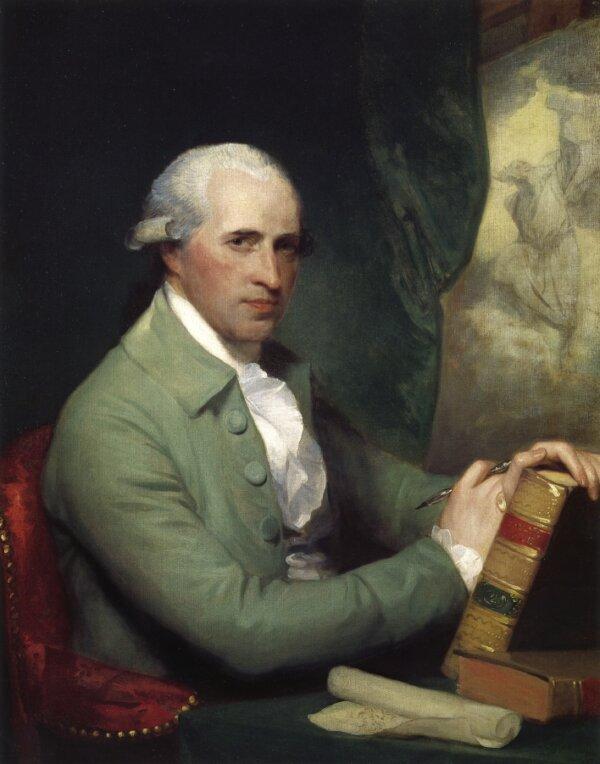
Stuart wanted to put his sitter at ease and he was up for it, so artist and barrister headed for the lake in Hyde Park, now frozen and filled with skaters enjoying the day. The man could skate quite well; he soon showed off his skating footwork and drew the attention of an admiring crowd. Perhaps the weight of the assembled skaters caused the ice to crack and snap. In any event, the skater took Stuart’s coattails and pulled him to the safety of the lake shore.
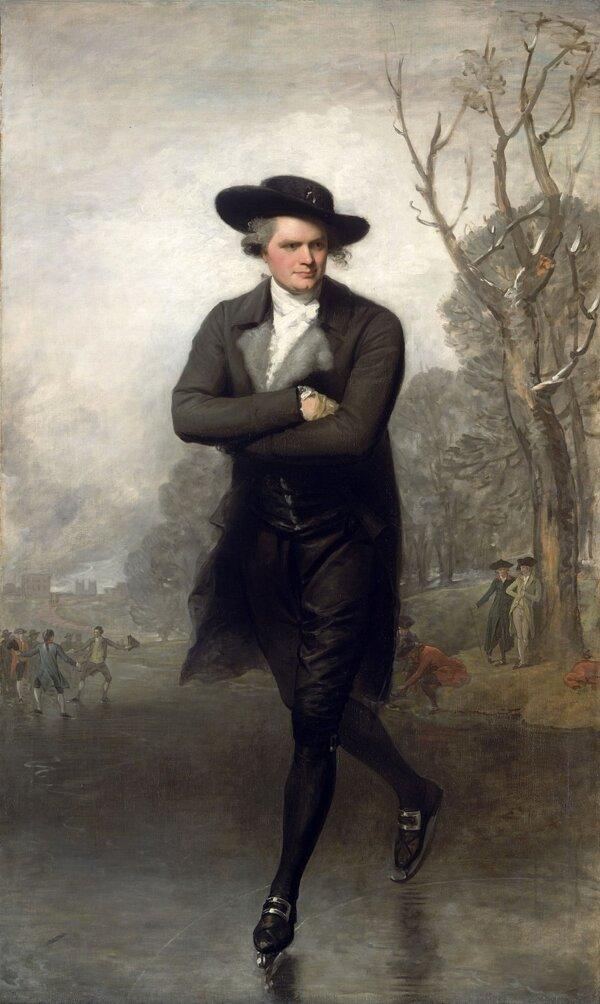
A Dignified Skater
Back at the studio, Stuart started to paint the sitter’s head and then stopped. After their exhilarating romp on the ice, both agreed that the sitter, William Grant, be painted skating.Stuart set Grant’s portrait in a winter landscape completely from memory. In the middle ground, left and right, he added to the composition people enjoying the cold weather. Some skaters are rowdy, playing on the ice, hats off, in playful swordplay. One can see the two towers of Westminster Abbey in the background.
Grant in the foreground is a graceful and assured figure. His cheeks are ruddy and a slight smile forms on his reddened lips. The frigid air makes his face come alive. The soft gray tones of the sky and frozen ice in the composition set off Grant’s dark suit and hat worn jauntily off center; wisps of hair lightly blowing away from under this hat bring a certain relaxed attitude to his formal posture. The gray fur lapel and white cravat bring attention to the assured expression, while shiny silver buckles on his skates show off his well-toned legs and figure. Grant seems as much at home on the ice as on a grassy knoll on a summer’s day.
The viewer looks up at the main figure, as in the Grand Manner of Baroque portraiture; in these works, the artists included metaphors alluding to noble qualities. The National Gallery of Art’s online commentary states: “In this innovative design, Grant glides effortlessly forward with arms crossed over his chest in typical eighteenth-century skating form. Except for his folded arms, the figure’s stance derives from an ancient Roman statue, the Apollo Belvedere, a cast of which stood in the corner of West’s studio.”
The portrait, titled “Skater (Portrait of William Grant),” created a sensation when it was exhibited at the Royal Academy in 1782. A formal portrait of someone skating had never been done before—and the public loved it.



